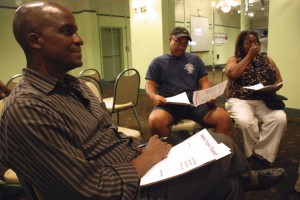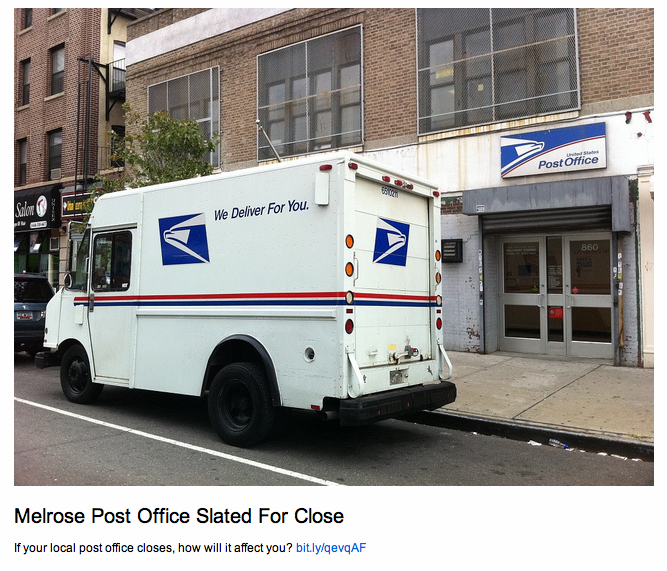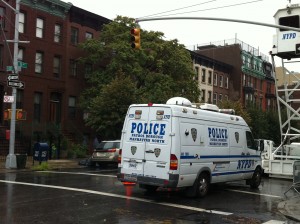After attending a public transit meeting back in September and listening to complaints regarding service irregularity and inconvenience, I left wondering – how much does that poor service impact employment? Many attendees mentioned that Jamaica’s unreliable public transportation hinders their ability to get from point A to B on time. So I created a survey, and took to Twitter and Facebook to try and find out…
…and in the end, I didn’t find out much. Despite posting my survey on Facebook, tweeting it several times – each time with a different hashtag in an attempt to reach different people – I got a total 12 responses.
My real quest was to find out just how far someone would go for the sake of a job. Given today’s dismal economy, I wanted to know if New Yorkers we’re traveling longer and further for the sake of a paycheck. Ultimately I discovered half of the respondents travel between 30-60 minutes to get to work, and that taking the subway was only slightly more popular than biking (six people rely on the MTA, whereas five count on their own two feet).
Despite the travel time and method, the one thing most respondents agreed on was the commute’s importance. It didn’t matter how far employees had to go, they would travel just about any distance if it meant work. On a scale of one to five, one being “It didn’t matter how far I had to travel – I would have taken it no matter how far the commute was” and five being the opposite, the average score was a two.










